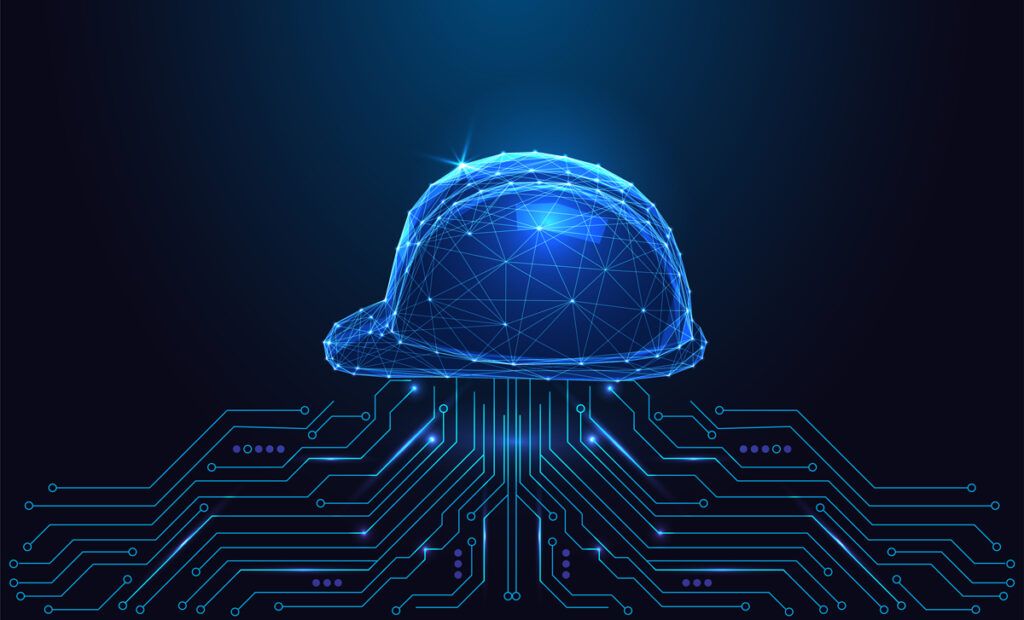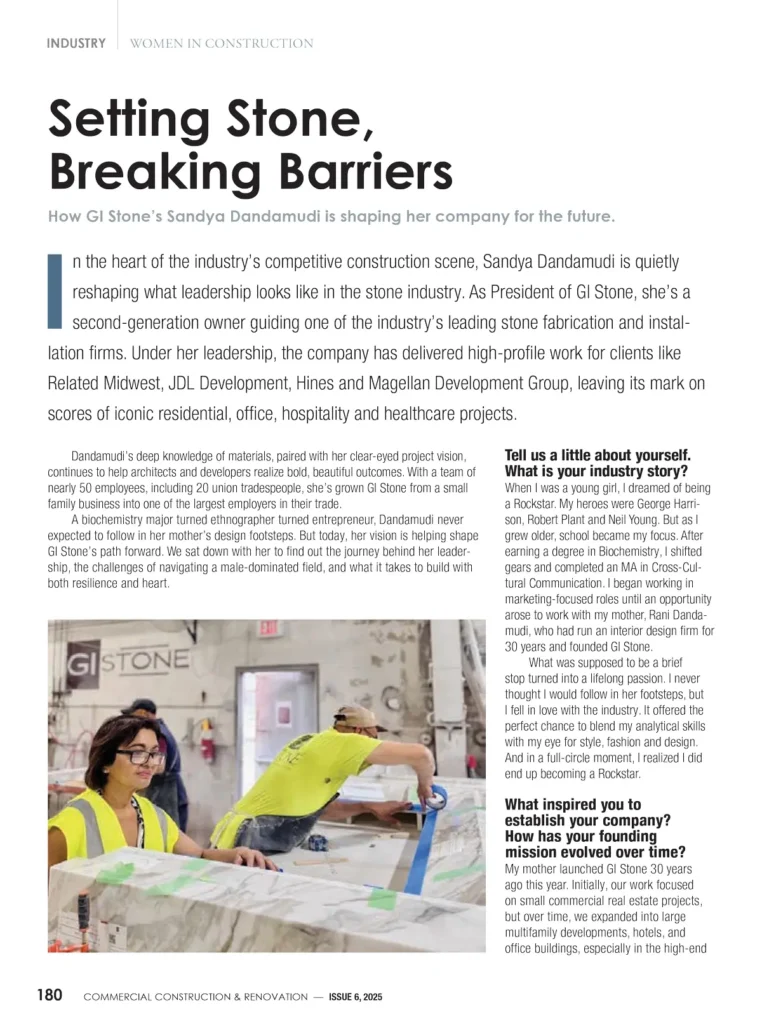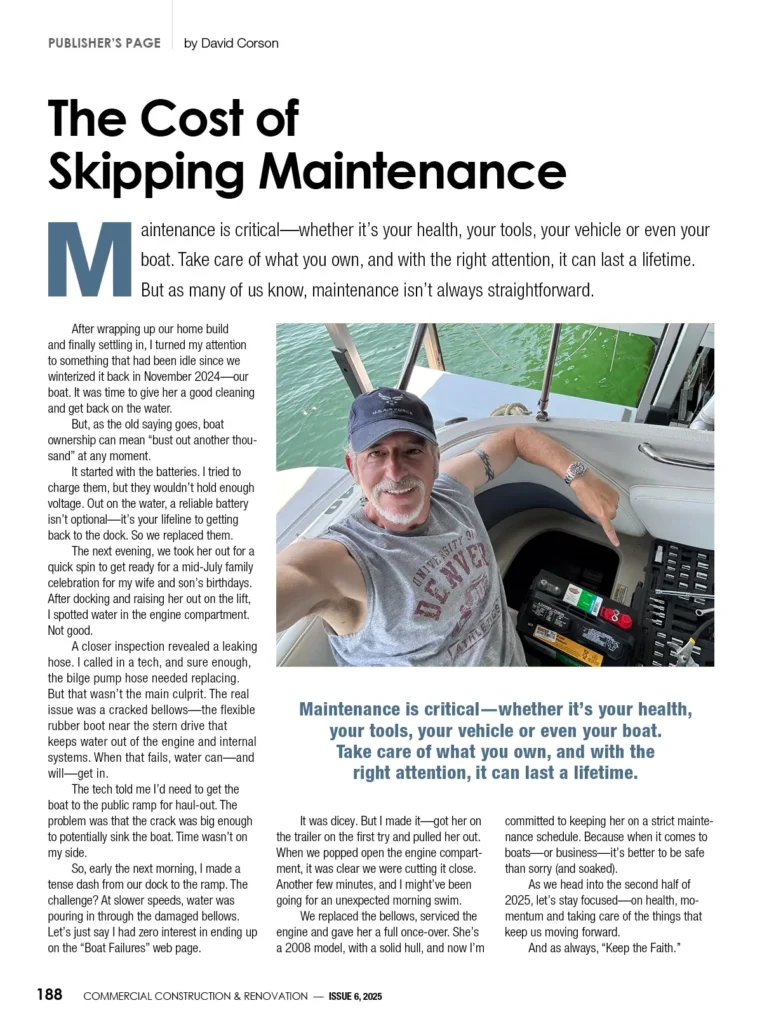In an industry where precision, timelines and labor efficiency are everything, the rise of artificial intelligence (AI) offers construction firms new ways to optimize operations—but only if their teams are ready to use it. With 78% of construction organizations already adopting AI in some form, the real challenge isn’t access to the technology—it’s the human side of implementation.
Nearly half of HR leaders believe the workforce faces a growing skills gap, and a staggering 81% admit it’s largely self-inflicted, pointing to underinvestment in learning and development and a failure to keep pace with change.
For Principal Product Evangelist Yutaka Takagi of isolved, that disconnect represents both a cautionary tale and a major opportunity. With more than 25 years in HR technology, Takagi understands that the key to maximizing AI’s impact lies in aligning it with the evolving needs of the workforce. When employees feel empowered—not replaced—by emerging tools, companies unlock not just efficiency, but engagement, innovation and retention.
We sat down with Takagi to get his insights on why upskilling isn’t just an HR initiative—it’s a business imperative. He offers practical advice on how construction leaders can build trust, drive adoption, and create a learning culture that ensures AI works with their people, not around them.
 Why is the construction industry struggling with AI upskilling efforts?
Why is the construction industry struggling with AI upskilling efforts?
Despite a 78% AI adoption rate, the construction industry still faces challenges when it comes to creating and implementing employee upskilling programs. One major hurdle is the nature of the workforce: Construction employees are often dispersed and working on the frontlines, which limits consistent access to digital tools like computers, which are typically the foundation for most training programs.
Time constraints are another barrier. Employees also are focused on meeting tight project deadlines, making traditional training methods (like specific modules through Learning Management Systems) difficult to deploy effectively.
While it’s clear that AI can boost productivity and drive revenue for businesses, employees want to understand how upskilling benefits them. For workers on the frontlines, taking time away from job sites to learn new technologies can feel like a burden, particularly when it risks delaying project timelines.
Without a clear, immediate benefit, there’s little urgency to engage in upskilling. To increase AI adoption, construction companies must create both the physical space (time away from the job) and mental space (a clear understanding of value) for employees to learn. Right now, many organizations fall short, contributing to low levels of AI literacy across the workforce.
What are the key strategies that construction organizations can leverage to develop and implement upskilling programs?
Any successful upskilling program starts with a clearly defined goal. Organizations should establish specific, measurable objectives—like a 10% increase in employee AI adoption each quarter—to guide the program and track progress. These targets not only help define what success looks like, but also provide tangible milestones along the way.
Another important strategy is communicating the “why” behind AI training. For construction workers to fully engage with AI, leaders must clearly define how upskilling will positively impact them personally. For example, construction often reports the highest amount of workplace fatalities of any other industry.
AI can make construction sites safer by analyzing job site conditions to flag hazards, or using computer vision to detect unsafe behavior in real time. Robotic machinery for high-risk tasks like excavation can also reduce physical danger for workers.
Additionally, AI can make employees more efficient by automating certain tasks, like scheduling or equipment monitoring. This increase in productivity will lead to greater revenue for the organization, but that outcome doesn’t resonate with employees. Instead, convey how that additional revenue will translate into higher wages or better benefits. When employees see how AI can make their jobs safer, easier, and more sustainable, the incentive to learn becomes much stronger.
Don’t forget the importance of recognition to a successful upskilling program. Celebrating employees who invest time in upskilling through verbal appreciation, public acknowledgment, or tangible rewards, can significantly boost morale and participation. When organizations recognize employees for their learning efforts, they encourage engagement and help foster a culture where skill development is seen as both a personal and organizational win.
What are some of the most common mistakes construction companies make when rolling out new technologies or AI tools?
One of the most common mistakes when trying to upskill frontline workers is assuming that traditional learning methods (those designed for corporate, desk-based employees) will yield the same outcomes.
A typical approach, like uploading training modules to a Learning Management System, doesn’t translate to a jobsite environment where access to digital tools is limited.
Additionally, the skills construction workers need to develop don’t always involve a computer, and in many cases, training can be physically risky. For example, as more companies introduce AI-powered robotics for excavation or material handling, workers must learn to safely operate these machines. Without the proper space and tools to train, the risk to people and property increases significantly.
Technologies like Virtual Reality (VR) can offer a safe and immersive way for workers to practice using AI-powered tools without real-world danger. For construction workers, skill development requires dedicated learning environments, physical or virtual, where they can safely practice and build confidence.
Construction teams also operate under tight deadlines, and if companies expect workers to upskill, they must build flexibility into project schedules. Whether it’s adjusting timelines, reallocating responsibilities or setting aside dedicated training blocks, organizations must treat time as a critical component for learning.
Why is upskilling an important business investment, and how can it translate to measurable ROI?
Upskilling is a critical investment that not only drives revenue, but also helps future-proof the workforce in the face of rapid technological change. For example, in construction, training employees to operate AI-powered machinery that completes tasks more efficiently can significantly boost productivity and enable companies to take on more projects and increase profits.
Learning benefits are also a powerful retention strategy—which is especially important for the construction industry, which faces increased demand in labor and an aging workforce. Employees who receive meaningful upskilling opportunities are 47% less likely to look for a new job, making upskilling not only important for revenue, but for employee satisfaction and retention.




